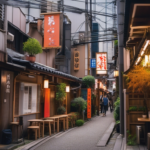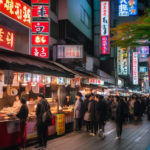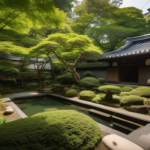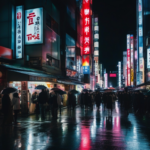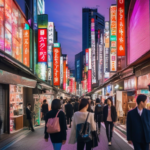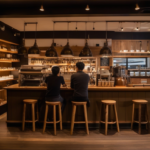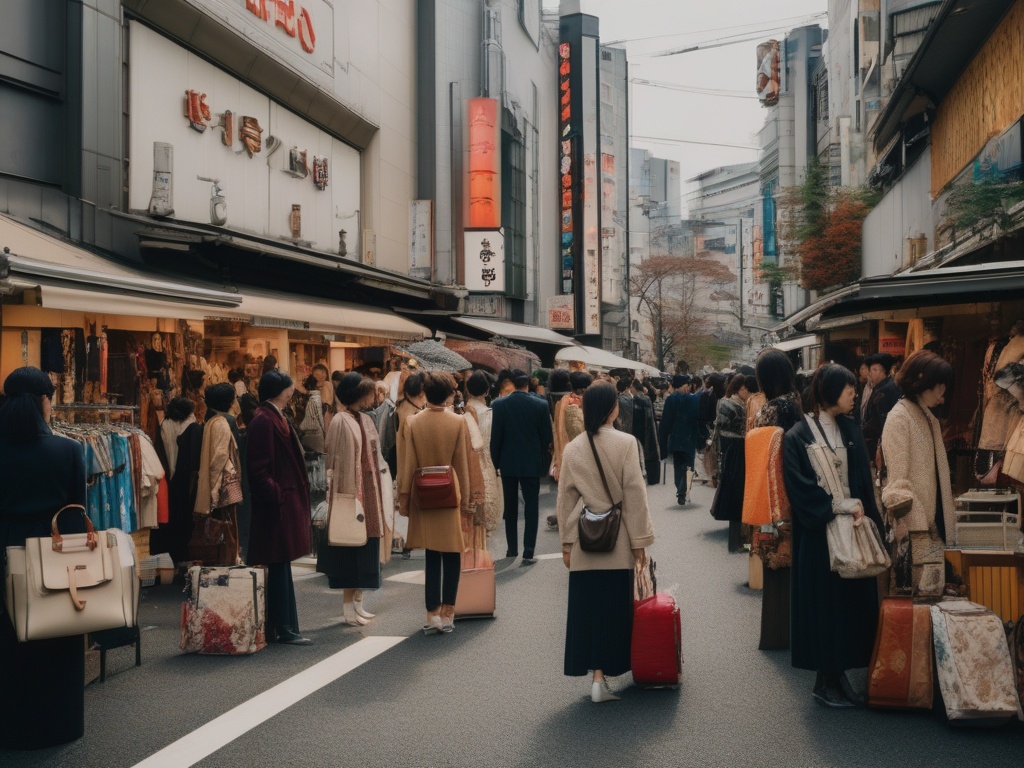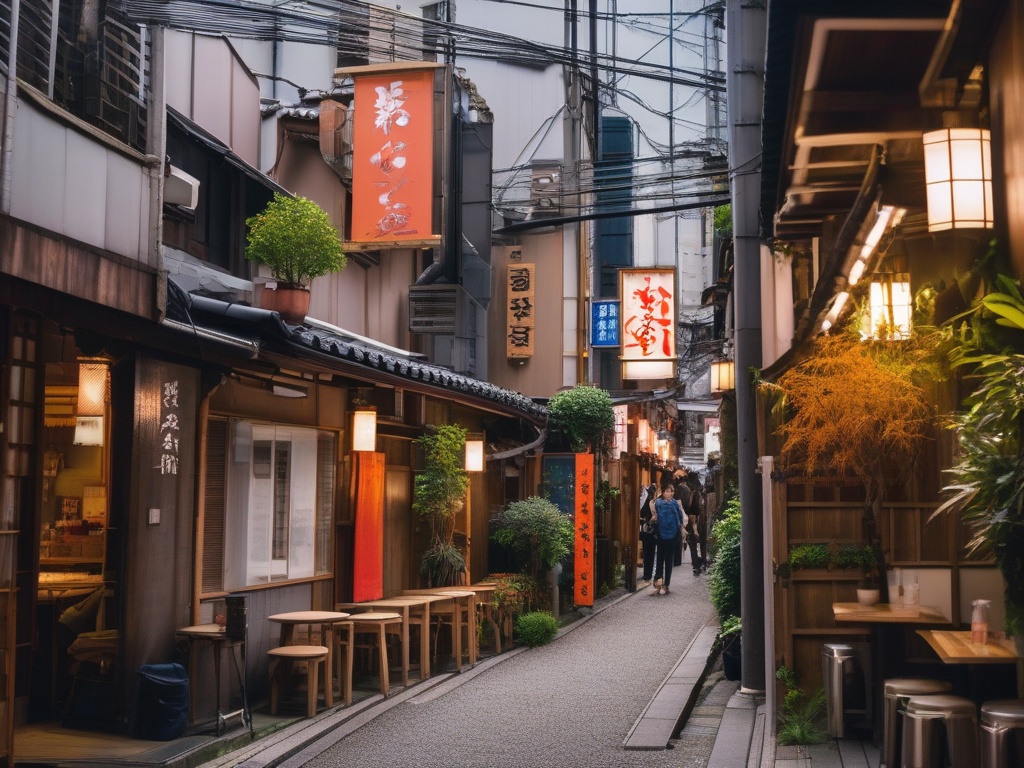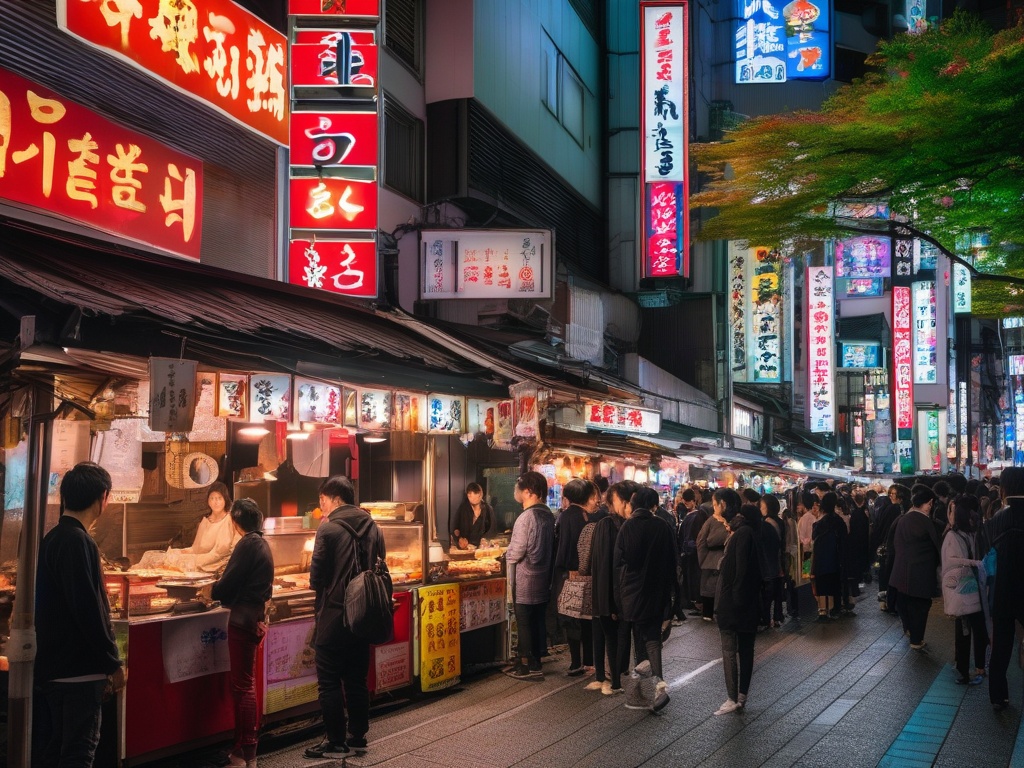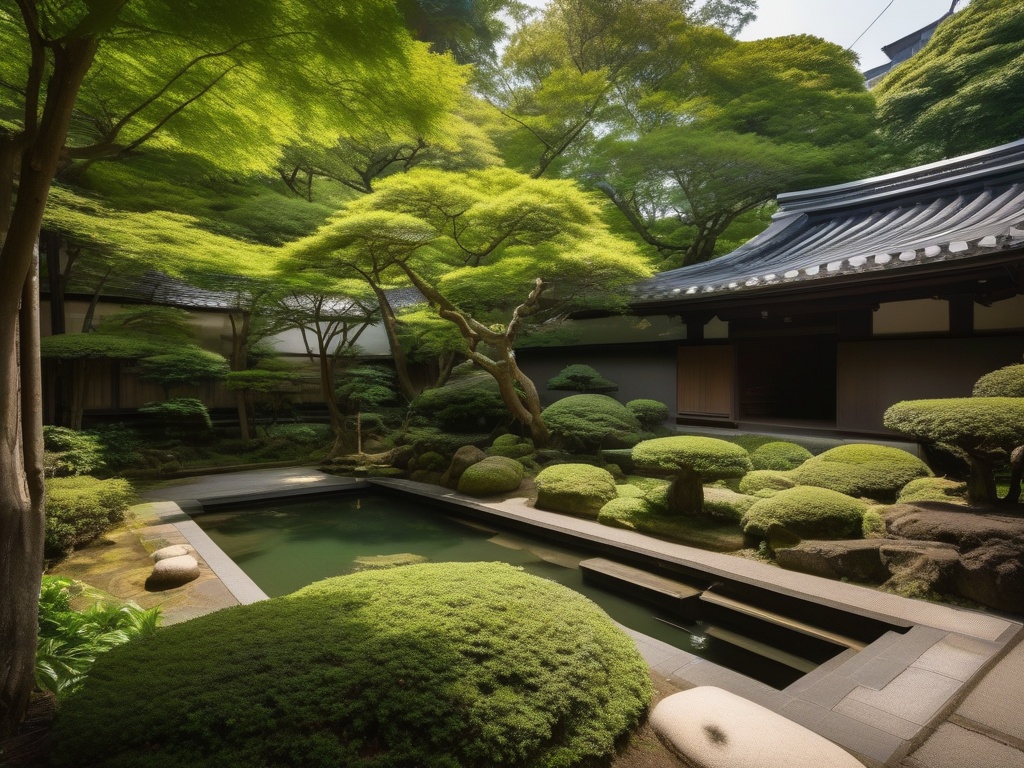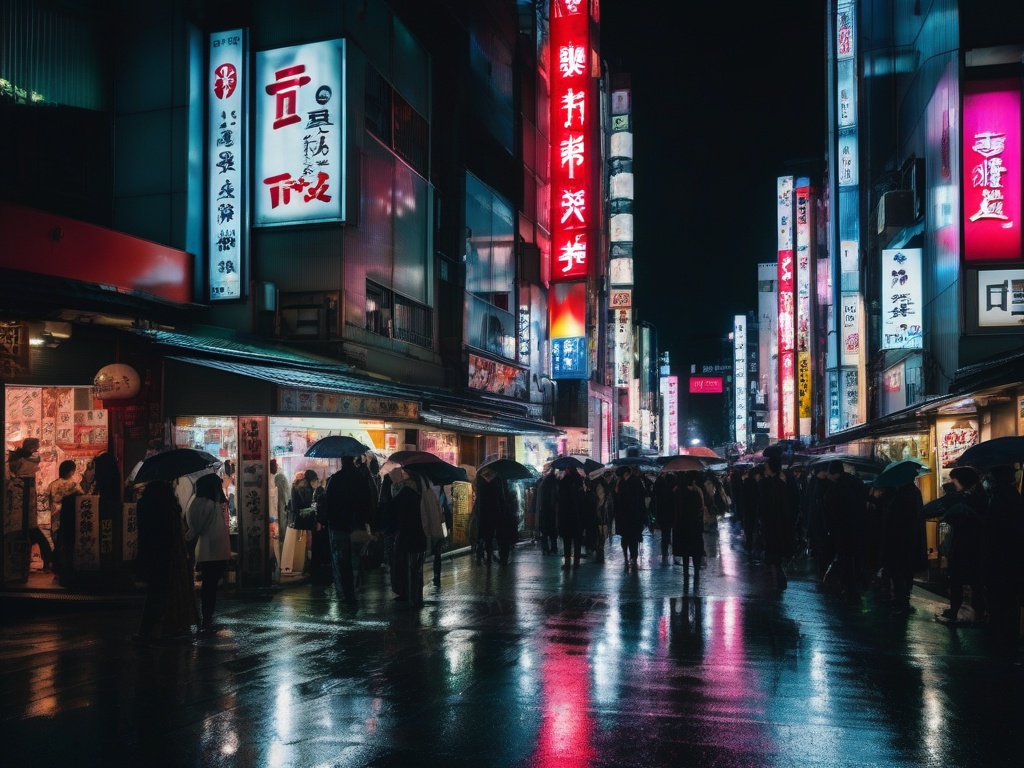Uncovering Hidden Treasures: The Allure of Vintage Shops in Shibuya
Shibuya, a bustling hub of culture and fashion, is renowned for its vibrant streets and eclectic mix of styles. However, beneath the surface of this modern metropolis lies a treasure trove of vintage shops that offer a glimpse into fashion history. These shops are not just retail spaces; they’re portals to another time, filled with unique pieces that tell stories of their own. Whether you’re a seasoned vintage hunter or a curious newcomer, Shibuya’s vintage scene has something for everyone.
Shibuya’s vintage stores boast an impressive variety of styles, catering to different tastes and fashion preferences. From 70s bohemian dresses to 90s streetwear, the selection is vast and varied. Each shop has its own unique vibe, making it an adventure to explore them one by one. Below is a brief overview of what you can expect to find in some of the most notable vintage shops in the area:
| Shop Name | Style Focus | Price Range |
|---|---|---|
| Grimoire | Fairy-kei and Japanese Retro | $30 – $200 |
| Kinji | Streetwear and Casual Vintage | $20 – $150 |
| Chicago | Western Vintage and Americana | $25 – $175 |
Finding the perfect vintage piece can be both exhilarating and challenging. To make the most of your vintage shopping experience in Shibuya, consider the following tips:
- Visit During Weekdays: The crowds are thinner, allowing for a more relaxed shopping experience.
- Check for Quality: Inspect items for wear and tear; sometimes, a minor flaw can be easily fixed.
- Be Open-Minded: Vintage shopping is about discovering unexpected finds; don’t limit yourself to specific styles.
- Negotiate: Some shops may be open to haggling, especially if you’re buying multiple items.
With these tips in hand, you’re ready to dive into the enchanting world of vintage fashion in Shibuya. Each shop holds its own secrets and stories, waiting to be uncovered by those who dare to explore.
Sustainable Style: The Rise of Eco-Conscious Fashion in Shibuya’s Second-Hand Market
In recent years, the fashion industry has faced increasing scrutiny over its environmental impact, leading to a shift in consumer behavior towards more sustainable choices. Shibuya, with its vibrant vintage scene, has emerged as a beacon of eco-conscious fashion, attracting those who wish to make a statement not only with their style but also with their values. This transformation reflects a growing awareness among shoppers about the benefits of choosing second-hand over fast fashion, which often contributes to waste and pollution.
The allure of second-hand fashion in Shibuya goes beyond just unique finds; it embodies a lifestyle that prioritizes sustainability. Many vintage shops in the area curate their collections with an emphasis on quality and longevity, ensuring that each piece is not only stylish but also has a reduced carbon footprint. By opting for these pre-loved garments, consumers actively participate in a circular economy, giving new life to items that might otherwise end up in landfills.
Shibuya’s vintage shops have become a sanctuary for eco-conscious shoppers, offering a diverse range of clothing that celebrates individuality while promoting sustainability. One of the key reasons for this trend is the increasing demand for ethical fashion. Shoppers are now more informed about the origins of their clothing and the impact of their purchases. The second-hand market provides an opportunity to embrace unique styles without compromising environmental ethics.
In a world where fast fashion is king, the charm of vintage shopping lies in its ability to tell a story. Each garment carries its own history, giving wearers a chance to express their personality and values. By choosing second-hand fashion, shoppers are not only investing in one-of-a-kind pieces but are also making a conscious choice to support sustainable practices in the fashion industry.
The rise of eco-conscious fashion in Shibuya’s second-hand market has been bolstered by community efforts and awareness campaigns. Local organizations and fashion influencers are increasingly advocating for sustainable practices, encouraging residents and visitors alike to explore the rich tapestry of vintage shops. Workshops, pop-up events, and social media campaigns highlight the importance of reusing and recycling clothing, further embedding sustainability into the fabric of Shibuya’s fashion scene.
Moreover, many shops are now embracing transparency by sharing information about their sourcing practices and the environmental benefits of second-hand shopping. This level of awareness fosters a sense of trust and community among consumers, creating a thriving ecosystem where vintage hunting is not just a pastime but a movement.
In conclusion, Shibuya’s second-hand market is not merely a shopping destination; it represents a cultural shift towards sustainable style. As eco-conscious fashion continues to rise, vintage shops in this dynamic district will undoubtedly play a pivotal role in shaping a more responsible and stylish future.
From Street Style to High Fashion: The Impact of Vintage on Shibuya’s Fashion Culture
The vibrant streets of Shibuya are not just a backdrop for youthful exuberance but also a canvas for an evolving fashion narrative that intertwines vintage influences with contemporary trends. As vintage hunting gains momentum, it is reshaping Shibuya’s fashion culture, creating a rich tapestry where street style meets high fashion.
Shibuya has long been a hotspot for fashion enthusiasts, where eclectic styles emerge from the blend of local creativity and global influences. The resurgence of vintage fashion has breathed new life into this dynamic scene, encouraging individuals to merge retro pieces with modern attire. Shoppers are now curating outfits that reflect their unique identities, drawing inspiration from multiple eras while embracing sustainability. The impact of vintage is evident not only in individual style choices but also in how local designers are pushing the boundaries of creativity in their collections.
By incorporating vintage elements, Shibuya’s fashion culture is witnessing a fascinating fusion of eras. This blending allows wearers to express their personalities in ways that fast fashion cannot achieve. The charm of vintage clothing lies in its storytelling potential, where each piece carries whispers of the past. From oversized denim jackets reminiscent of the 90s to delicate lace blouses echoing the elegance of the 70s, the possibilities for creating striking outfits are endless. This eclectic mix fosters a sense of authenticity, where fashion enthusiasts are encouraged to experiment and break traditional style norms.
The allure of vintage has not gone unnoticed by emerging and established designers alike. Many are drawing inspiration from the retro aesthetics prevalent in Shibuya, leading to a revival of vintage-inspired collections on the runways. This trend signals a shift in the fashion industry, as designers recognize the value of sustainability and the artistry embedded in vintage pieces. The growing appreciation for second-hand fashion has prompted collaborations between local vintage shops and design schools, further bridging the gap between past and present. As a result, Shibuya is becoming synonymous with innovative fashion that pays homage to its history while embracing modern sensibilities.
In conclusion, the impact of vintage on Shibuya’s fashion culture is profound and multifaceted. The streets of Shibuya are alive with creativity, showcasing how vintage hunting not only influences personal style but also inspires a new wave of designers committed to sustainability and artistic expression. As this trend continues to flourish, Shibuya stands at the forefront of a fashion revolution that celebrates individuality and environmental consciousness.
